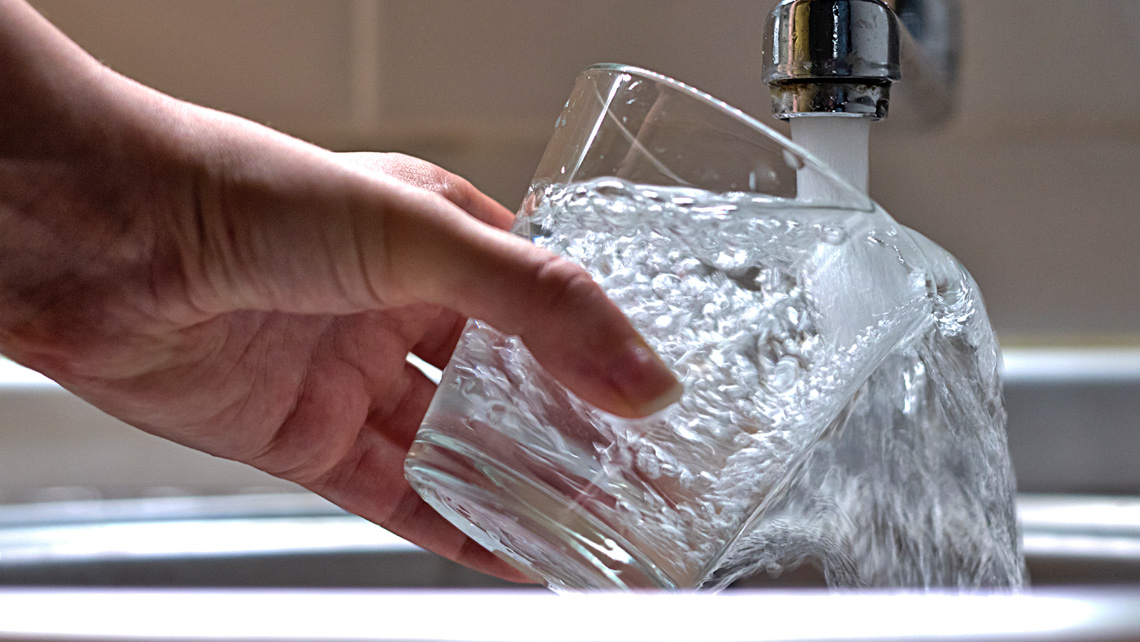The world is being rapidly transformed by the processes of urbanization and climate change. With these changes, many harmful consequences are felt, especially on water resources. Sustainable urban Drainage Systems (SuDS) offer tools to lessen the impacts of these problems by creating spaces in urban environments where rainfall can be collected by vegetation and soil.
